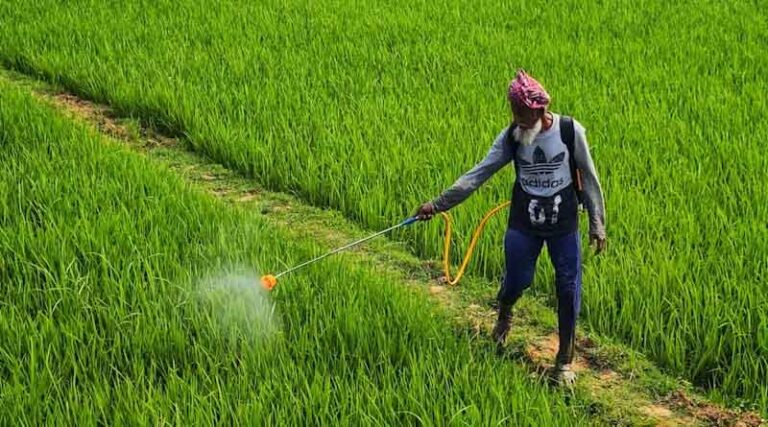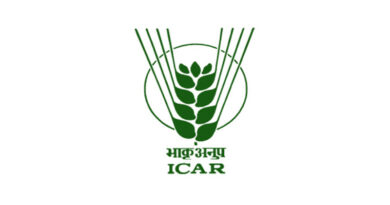
Wheat MSP Raised by ₹160: Will Indian Farmers Be Satisfied?
03 October 2025, New Delhi: The Government of India has approved an increase in the Minimum Support Price (MSP) for wheat under the 2026-27 rabi marketing season. The MSP has been raised from ₹2,425 to ₹2,585 per quintal, a hike of ₹160 per quintal. While the decision reflects the government’s commitment to supporting farmers, the key question remains: will farmers find this increase sufficient?
Farmers’ Expectations
Wheat is India’s dominant rabi crop and a staple food grain for millions of households. Any change in its MSP directly affects a large proportion of farmers. This year’s increase amounts to a 6.6 percent rise. Although the move is welcomed, rising costs of fertilizer, diesel, seed, and labor mean that many farmers expected a larger hike to offset their rising expenses.
Cost of Cultivation and Profitability
According to official estimates, the average cost of wheat cultivation in India is ₹28,037.18 per hectare, with yields ranging between 25 and 30 quintals per hectare. At the new MSP of ₹2,585 per quintal, farmers stand to make substantial profits.
If the yield is 25 quintals per hectare, gross income would be ₹64,625, leaving a net profit of ₹36,588 per hectare after deducting costs, which translates to a profit margin of around 130 percent.
Farmers’ Challenge, Productivity, and the Path to Higher Returns
Farmer organizations often contest the government’s cost estimates, arguing that real cultivation expenses are higher in many regions due to irrigation, fertilizer, and labor costs. This raises a broader question: who is responsible for adding productivity into the profitability matrix?
Experts note that profitability is not only a function of support prices but also of productivity levels. If yields stagnate, even a higher MSP cannot guarantee long-term gains. Farmers must adopt practices that raise output per hectare, while policymakers and research institutions must ensure timely availability of improved seeds, mechanization support, and extension services.
Increases in Other Rabi Crops
Alongside wheat, the government has revised MSPs for all major rabi crops. Barley received an increase of ₹170 per quintal, raising its MSP to ₹2,150 – an 8.6 percent growth, the second-highest after safflower. Gram (chana) saw a rise of ₹225, taking its MSP to ₹5,875, but the percentage growth was only 3.9 percent. Lentil (masoor) rose by ₹300 to reach ₹7,000 per quintal, reflecting a 4.5 percent increase. Rapeseed and mustard rose by ₹250 to ₹6,200, a 4.2 percent hike. The highest growth was recorded in safflower (kusum), which jumped by ₹600 to ₹6,540 per quintal, marking a 10.1 percent increase.
Comparative MSP Table (2025-26 vs 2026-27)
| Crop | MSP 2025-26 (₹/quintal) | MSP 2026-27 (₹/quintal) | Increase (₹) | Growth (%) |
|---|---|---|---|---|
| Wheat | 2,425 | 2,585 | 160 | 6.60% |
| Barley | 1,980 | 2,150 | 170 | 8.59% |
| Gram (Chana) | 5,650 | 5,875 | 225 | 3.98% |
| Lentil (Masoor) | 6,700 | 7,000 | 300 | 4.48% |
| Rapeseed & Mustard | 5,950 | 6,200 | 250 | 4.20% |
| Safflower (Kusum) | 5,940 | 6,540 | 600 | 10.10%* |
A Holistic Picture
The data shows a clear pattern: oilseeds and coarse cereals have received stronger support compared to pulses. Wheat and barley farmers can expect solid gains, while lentil and gram producers may find the increase less encouraging.
Farmers’ Verdict
For wheat growers, the MSP hike offers strong assurance, with profit margins comfortably above costs. Yet satisfaction will ultimately depend not only on prices but also on how productivity is enhanced and who shoulders the responsibility for that increase. The government has reiterated its farmer-first policy, but long-term sustainability lies in a shared responsibility between farmers, policymakers, and the agri-tech ecosystem to combine productivity gains with cost control.
Also Read: UPL Raises Mancozeb Prices in China Again Amid Supply and Cost Pressures
📢 If You’re in Agriculture, Make Sure the Right People Hear Your Story.
From product launches to strategic announcements, Global Agriculture offers unmatched visibility across international agri-business markets. Connect with us at pr@global-agriculture.com to explore editorial and advertising opportunities that reach the right audience, worldwide.






